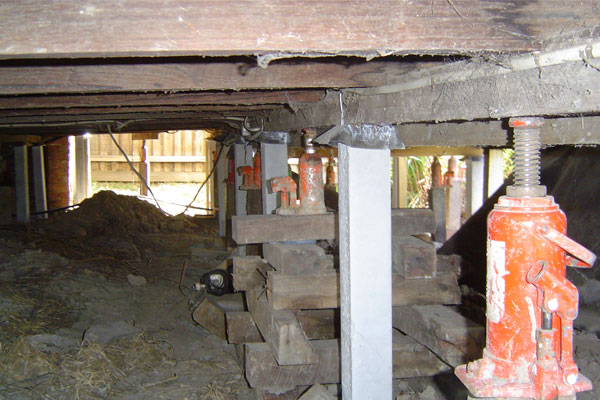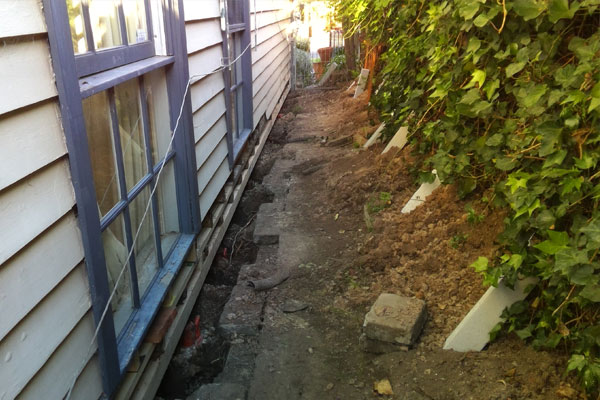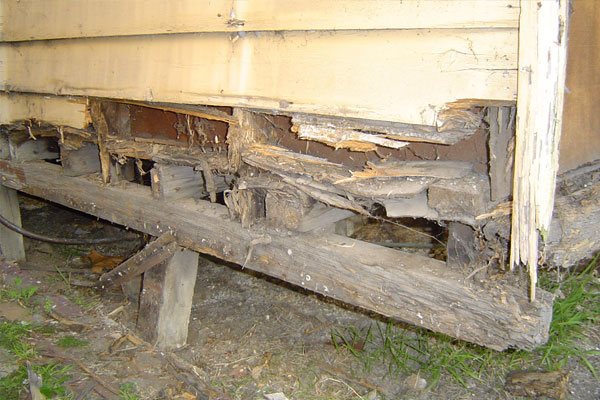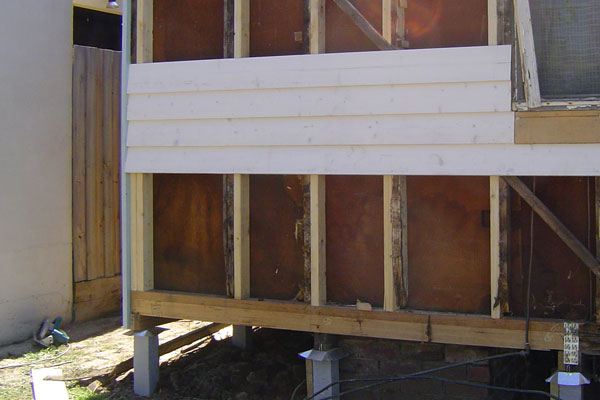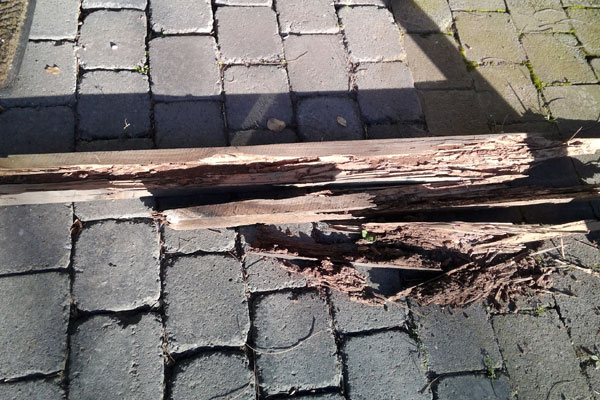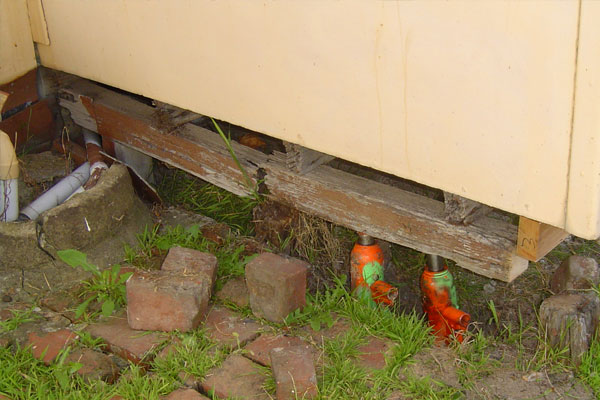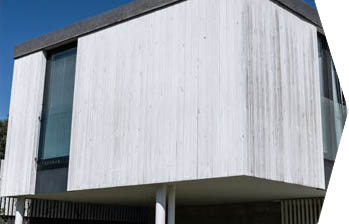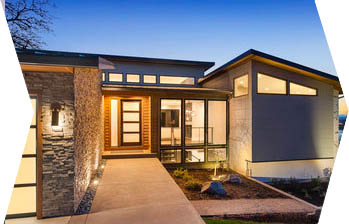Reblocking & restumping services in Melbourne
Home > Reblocking & restumping services in Melbourne
What is Reblocking / Restumping?
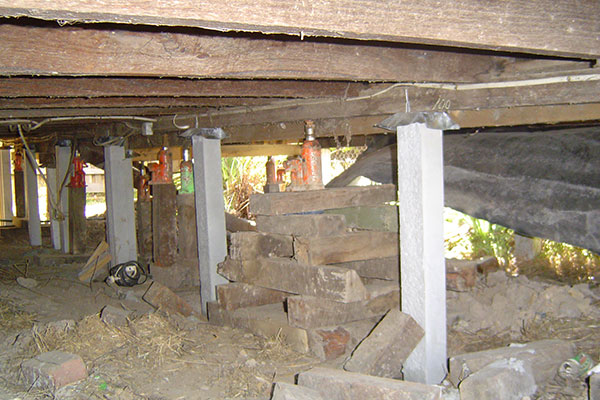
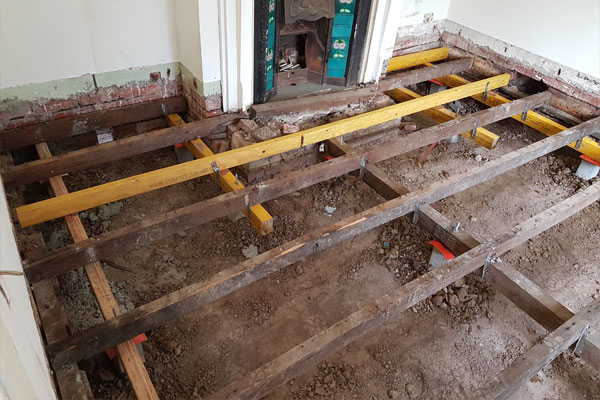
Getting Your House Inspected for Reblocking/Restumping
To confirm that your house needs to be reblocked or restumped, you’ll need a licensed professional who’s experienced in foundation repairs to conduct a thorough visual inspection.
This involves evaluating the conditions of your stumps by looking for tall tale signs. If the stumps are timber, in most cases all stumps will need to be replaced. The inspection will also include checking your walls and floors for signs of cracking or movement inside your home.
The results of the inspection will reveal whether reblocking is required.
How Do I Know Whether My House Needs Reblocking?
If your house was built before 1970 and/or you notice the following signs in your house, there’s a high chance that a restumping is needed:
- Tilting or uneven floors
- Extensive moisture in the foundation
- Cracked walls, tiles, or plasterwork
- Doors and windows that keep getting jammed and aren’t closing properly
How Much Does It Cost to Reblock or Restump a House?
The cost to restump a standard three-bedroom house typically starts at about $12,000, however this excludes the cost of materials and additional repairs due to the foundation damage. Depending on the extent of the damage, you might need to replace rotten floorboards, jammed doors, and crooked windows.
Other cost considerations include the number of stumps that need to be replaced, the stump material, size and age of the property, and soil conditions. Cost aside, make sure that you get quotations from licensed professionals with the right expertise and skills to safeguard the structural integrity of your home.
See more about restumping costs.
What Other Factors Might Increase the Reblocking/Restumping Cost?
A house with easier access to the foundation will be cheaper to reblock compared to one that’s built closer to the ground, for obvious reasons.
The geographical location is also a key factor. Coastal homes, for example, experience more soil erosion compared to houses located inland, which leads to higher wear and tear on the foundation’s stumps. If the stumps have rotted, the floors are likely to sag and could cause the timber to bow and may require replacement joists or a sub-floor rebuild if left unattended for years.
What Happens When I Restump My House?
In order to level the stumps in the foundation of your house, the restumping contractor will slowly and gradually jack up the house to the original height (in most cases the height of the fireplace). The affected stumps will then be removed and replaced with the new stumps. Concrete stumps are the popular choice these days due to durability and their longer life span, being termite-resistant.
Once the stumps are replaced, you might find that the floors, doors, and windows in your home might also need to be levelled if they’ve been affected by the foundation damage. These additional repairs will add up quickly, which is why restumping should always be done prior to any home renovations so that you don’t overrun your budget.
How Long Does It Take to Reblock/Restump a House?
It takes an average of 5 to 10 days to complete the reblocking or restumping of a house.
How Do You Know If Your House Needs Restumping?
If you suspect that you might need to reblock or restump your house but you’re not sure, these are a few tell-tale signs to watch out for:
- Doors and/or windows that frequently get jammed or are difficult to open or close
- Cracks in the internal walls and/or external brickwork
- Floors that are bowed, sloping, uneven, or sagging
Can I Restump My House On My Own?
Restumping a house is a job best left to the professionals. Besides being a physically demanding job, it also requires a registered builder to get the required building permits.
In Victoria all builders are registered with the Victorian Building Authority.
From ensuring that the house is properly supported and the weight carefully lifted off the old stumps, to ensuring the floors are levelled properly after the replacement stumps are in place, every step of the process needs to be done with precision.
From a safety and cost-efficiency perspective, this isn’t the kind of job you want to DIY, as the risk of getting it wrong could be disastrous.
For your family’s peace of mind and to protect the structural integrity of your house, make sure you engage the services of a licensed professional restumping contractor.
What’s the Difference Between Timber, Concrete, & Steel Stumps?
Greater Support & Stability
Being reinforced with steel, concrete stumps are more robust with a greater ability to support and distribute the weight of the floors evenly. This minimises wear and tear on the foundation of the house in the long run.Highly Durable & Resistant to the Elements
In comparison with timber, concrete stumps are far more durable due to their ability to weather most soil conditions and temperatures. They are especially resistant to humidity and heat as well as wood-borers and termites, which enables the stumps to remain solid and intact for much longer.Low-Maintenance & Non-Combustible
Besides requiring minimal maintenance, concrete stumps are also the better choice for fire safety as they do not catch fire, unlike timber, which is a combustible material.Why You Should Trust in Able Reblocking
When you decide to restump or underpin your home, you’re putting the entire foundation of your house into the hands of a contractor. If the process is done badly, cheaply, or without enough care, you’ll have problems within your house for years afterwards.
Very low prices for a reblocking quote usually mean one thing: low-quality stumps. While everyone wants to save money, choosing the cheapest option and hoping it will support your house years into the future is often a misguided choice.
As fully licensed restumping professionals, Able Reblocking use only high-quality concrete and steel stumps to replace your old, decaying timber stumps. Being one of the leading home renovations contractors in Melbourne, you can trust in us to provide stellar quality reblocking/restumping services for a solid foundation that lasts a lifetime.

